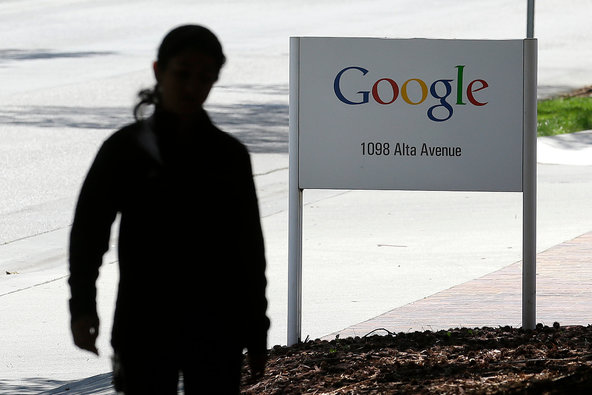A friend calls a friend who knows a guy. A meeting is taken. Wine is drunk (at, say, Madera lounge in Menlo Park). A business plan? Sure, whatever. But how does it feel?
This is decidedly not how Google, that apotheosis of our data-driven economy, wants to approach the high-stakes business of investing in the next, well, Google. Unlike venture capitalists of old, the company’s rising V.C. arm focuses not on the art of the deal, but on the science of the deal. First, data is collected, collated, analyzed. Only then does the money start to flow.
Google Ventures and its take on investing represent a new formula for the venture capital business, and skeptics say it will never capture the chemistry — or, perhaps, the magic — of Silicon Valley. Would computer algorithms have bankrolled David Packard or Steve Jobs? Foreseen the folly of Pets.com?
The data provides one answer to those questions, at least for now: Since its founding in 2009, Google Ventures has stood out in an industry that, for all its star power, has been dealing its investors a bad hand. In recent years, an investor would have done better with a ho-hum mutual fund that tracks the stock market than with some splashy V.C. fund. Venture capital funds posted an annual average return of 6.9 percent from 2002 to 2012, trailing major stock indexes, according to Cambridge Associates.
Google Ventures, like all venture funds, does not publicly reveal returns. But its partners can count on one hand the number of its 170 investments that have failed, though it is too early to know how many will succeed, and it has missed investing in some superstar companies. Its successes include companies that have gone public, like HomeAway for vacation rentals and Silver Spring Networks for smart grid software, and start-ups sold to Google, Yahoo, Facebook and Twitter.
Whether Big Data — that label for technology and decision-making that is upending so many businesses — can truly transform the industry that helped spawn it remains to be seen. Few deny that crunching data is increasingly important. But some insist that those old intangibles, like instinct and luck, are still paramount.
“V.C.’s, just like all of our portfolio companies, need to be analytically intuitive in the modern era of data analytics,” said Matt McIlwain, managing director of Madrona Venture Group, which has invested in companies like Amazon.com and Redfin, the real estate site. “But the intuition part is ultimately the biggest factor. And even with all that, a little good luck goes a long way.”
Google Ventures was the first major firm to rely heavily on data. Since then, established funds like Kleiner Perkins Caufield Byers, Sequoia Capital and Y Combinator have followed suit, and new firms like the Ironstone Group and Palo Alto Venture Science have been created to test the strategy.
Many venture capitalists agree that something needs to change. In the tech industry, where engineers believe any problem can be solved with data, the solution seemed obvious.
“If you can’t measure and quantify it, how can you hope to start working on a solution?” said Bill Maris, managing partner of Google Ventures. “We have access to the world’s largest data sets you can imagine, our cloud computer infrastructure is the biggest ever. It would be foolish to just go out and make gut investments.”
Google Ventures has $1.5 billion under management — a pittance in the wider world of Google, which made $50 billion in revenue last year. It employs seven people who gather data, analyze it and present the results to the investors. Jerome H. Friedman, a prominent statistician at Stanford who writes papers with names like “Data Mining, Inference and Prediction,” consults for a few hours a week.
The firm feeds its algorithms data gleaned from academic literature, past experience and due diligence about start-ups and their founders. Even college dropouts who have never started a company have a quantifiable track record, Mr. Maris said.
Google declined to reveal its secret sauce — the algorithms it uses to parse the data. But it has learned a few lessons.

Article source: http://www.nytimes.com/2013/06/24/technology/venture-capital-blends-more-data-crunching-into-choice-of-targets.html?partner=rss&emc=rss


